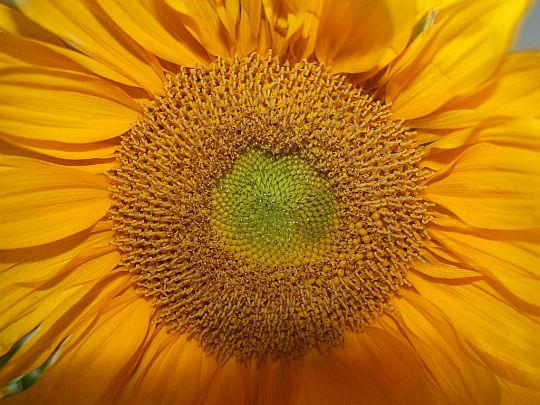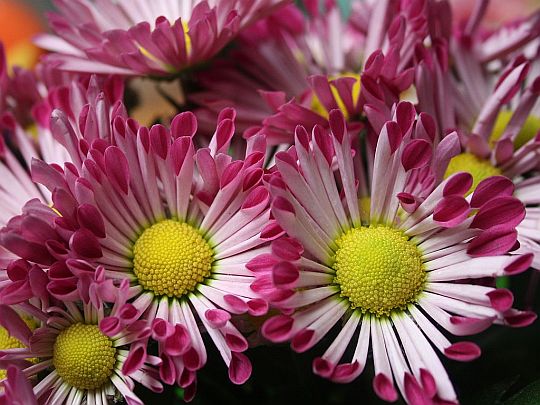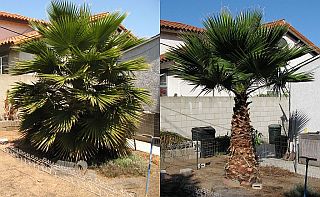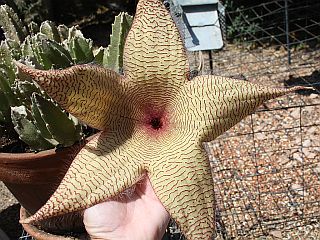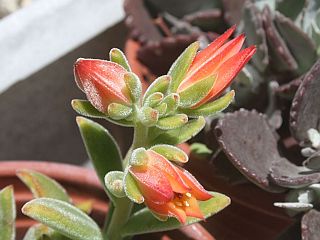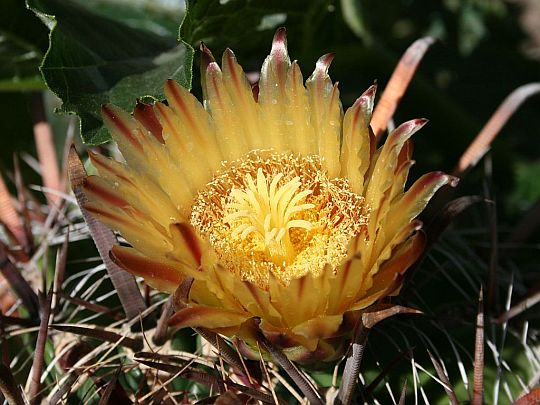We went to the South Coast Botanic Gardens today to see the Dahlia Society’s annual show. We try to attend every year, but missed it last year for some reason. Today, we were glad we didn’t miss this one. They outdid themselves from the last time we were here.
There were dahlias of nearly every size, color and variety. The colors were stunning. Hundreds on hundreds of beautiful flowers and arrangements. I took over 150 photos today and I wish I could show them all. The slideshow below is but a small sampling of the wonderful flowers we saw.
Move your mouse cursor over the images to stop the slideshow; move out to resume.

